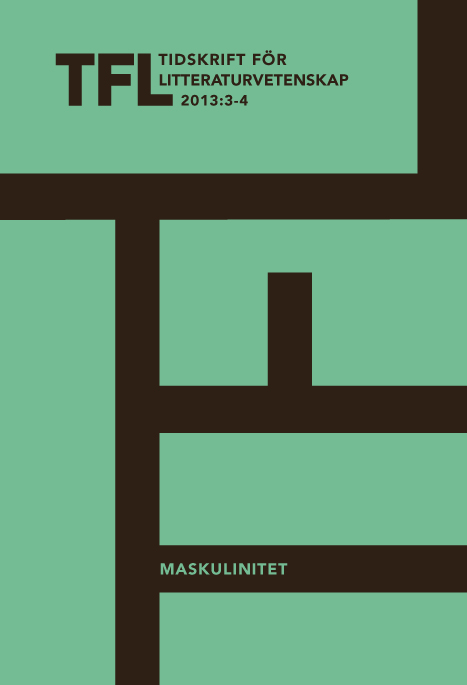"Män kan inte våldtas"?
Märta Tikkanen, Stieg Larsson och heteronormativitetens gränser
DOI:
https://doi.org/10.54797/tfl.v43i3-4.10807Nyckelord:
Märta Tikkanen, Stieg Larsson, Manrape, The Girl with the Dragon Tattoo, heteronormativityAbstract
”Manrape”? Märta Tikkanen, Stieg Larsson, and the Limits of Heteronormativity
The central argument of this article originates in a rhetorical question: are female rapists ”men”? If legal discourse is brought to its heteronormative head, the answer is yes; however, this article aims to problematize the presumptions underlying this answer, and to consider the possibility of theorising rape in the absence of heteronormative limitations. My analysis involves two readings: Märta Tikkanen’s Manrape (Män kan inte våldtas, 1975) and Stieg Larsson’s The Girl with the Dragon Tattoo (Män som hatar kvinnor, 2005), two novels in Swedish which depict women raping their male rapists out of revenge. My conclusion is that the former novel eventually conforms to heteronormativity, while the latter does not. However, this does not imply that sexual power structures are erased in The Girl with the Dragon Tattoo. Rather, in this novel, power violations are viewed in terms of the broader issues of law, politics and economics. But what is then lost, on the other hand, is the specificity of female experience as it is represented in Manrape.
Nedladdningar
Downloads
Publicerad
Referera så här
Nummer
Sektion
Licens
Författaren/författarna behåller copyright till verket






